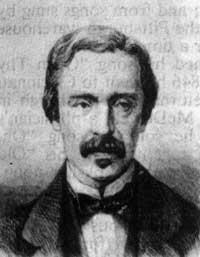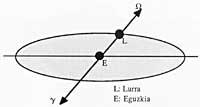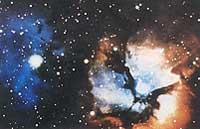University of Leioa looks at the sun
1991/10/01 Aizpurua Sarasola, Joxerra Iturria: Elhuyar aldizkaria
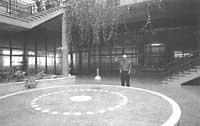
During the visit to Bilbao of the Science Tent, within the events organized around it, we had scientific seminars for teachers. We at Elhuyar received an invitation to participate in a seminar of this kind in which we met Martin Rivas. Industrial engineer born in Atxuri in 1944. Professor of Theoretical Physics in Leioa and Vice-Dean of Students of the Faculty of Sciences. The reason for Martin's participation was to present some of the curious essays being carried out in Leioa.
On June 21, 1989, taking advantage of the summer solstice for the solar noon (when it was 14:12:35 of the civil hour), as the sun passed through the local meridian the Helioschimeter of Leioa was inaugurated.
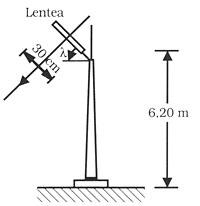
Greek words helios (sun) and skias (image, shadow, projection) complete the word helioschimeter. This instrument has a lens that projects the image of the sun to the ground and allows some measurements through its trajectory.
The structure of the aforementioned instrument is shown in Figure 1.
The angle l that appears in this image represents the latitude of Leioa. Through the pole lens, Figure 2 is obtained following the shade obtained at different times of the year.
The paths of the sun shade in the soil can be represented by hyperbola branches. Those represented on Earth are only a few, those corresponding to solstices (21 or 22 June and 21 or 22 December) and equinoxes (21 or 22 March and 22 or 23 September) and days of variation of the zodiac signs, or said otherwise. For this last reason, in the stretch of the branches of the hyperbola the names of the zodiac have been placed, in the right part the ones corresponding to the summer and autumn, and in the left part the ones corresponding to the winter and the spring.
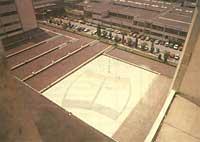
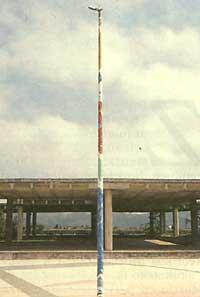
Along with these hyperbola branches, the meridian that passes through the post (2° 58’ 2”) and the parallel corresponding to the image of the sun in the equinoxes (43° 19’ 55” I) have been represented.
On the other hand, each section of the branches of the hyperbola has been given a color.
The information that the Leioa helioschimeter can offer is as follows:
- In the curves of the orbit and sunset, respectively, the hours of generation and entry of the sun have been indicated. The difference between the two is the number of hours of sunshine a day. To get the local time it is necessary to take into account that the sun passes through its meridian at 12 noon, and if for example the sun has passed in 14 hours and 15 minutes per civil hour, to the hours of ortus and sunset would have to add 2 hours and 15 minutes to determine the corresponding civil time.
- The colored intervals indicate the position of the sun on the zodiac and correspond to two possible constellations. In winter and spring the sun will be on the zodiac signs indicated on the left and in autumn and summer on the right.
- Knowing the color of the interval that corresponds to the day, placing ourselves at the point where the lines of meridian and equinox are concentrated, we will be able to determine in its horizon the points of generation and entrance of the sun of that day. Just look in the direction of the circular sector of the same color.
- The axis of symmetry of the helioschimeter is the meridian of the Campus of Leioa (2° 58’ 2” M) and on it, in its left part, the decline of the sun in degrees on the celestial equator and the height on the horizontal of the same when passing through the meridian to his right. In autumn and winter the decline is negative, which means that the sun is below the celestial equator. Straight aligned meridian is equinocial straight and corresponds to its parallel (43° 19’ 55” I).
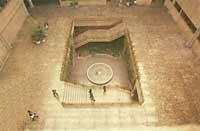
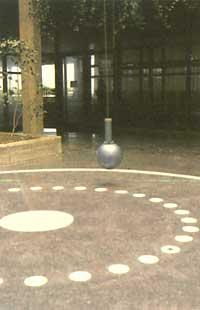
Apart from the helioschimeter, there is something that can be seen in Leioa, Foucault's pendulum. It hangs from the ceiling of the main courtyard of the faculty of sciences. Foucault's pendulum is a simple pendulum. You let it move your way. The observer who corresponds to the rotation movement of the Earth will observe that the plane of motion of the pendulum moves from east to west, that is, the sun is followed. To maintain the movement of the pendulum a small house has been enabled on the roof of the faculty of sciences, where the electromagnet and other electrical appliances are located.
History can be analyzed from different points of view. Martín Rivas taught us in a minute the geological history of Bizkaia. Yes reader. Several quarries and mountains of Bizkaia have collected stones from different eras and are exposed for anyone. Although the stones can be seen on the campus of Leioa, in the basement of the faculty of sciences is shown the illuminated section of each stone, with theoretical explanations.
They say that this aesthetic aspect of science does not end with what is now, because Martin Rivas and his friends have many ideas for the future.
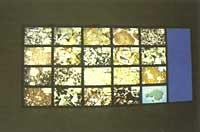
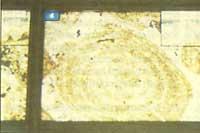
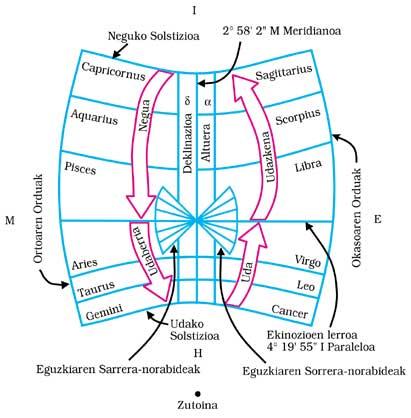

Gai honi buruzko eduki gehiago
Elhuyarrek garatutako teknologia




